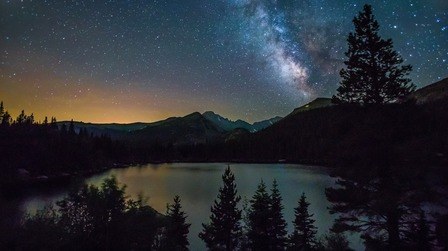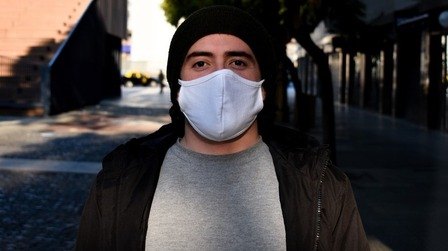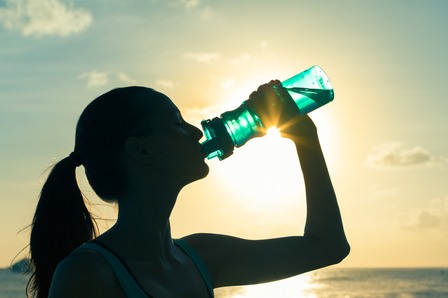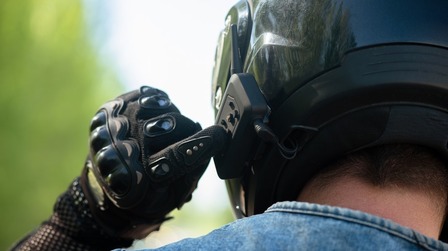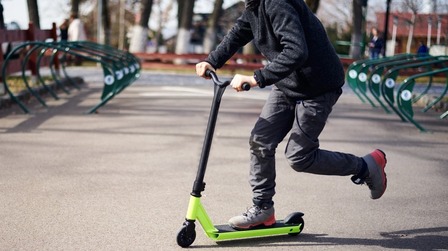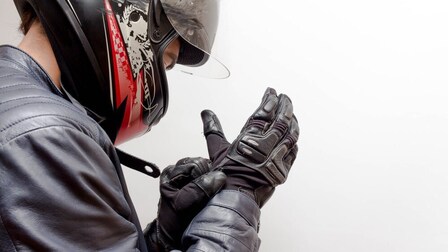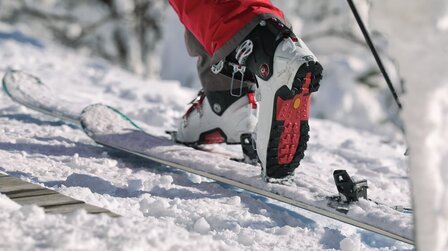According to the National Park Service, there are an average of 160 visitor deaths each year, and the types of fatalities can happen to anybody in the outdoors – whether taking part in outdoor sports, camping, or hiking.
Below are the top three often-ignored outdoor risks that could get you killed:
Weather Conditions

Weather conditions are one of the main causes of fatal incidents in the wilderness.
The surprising fact is that the fatalities caused by flash floods, gusting winds, or other severe weather conditions are the fewest.
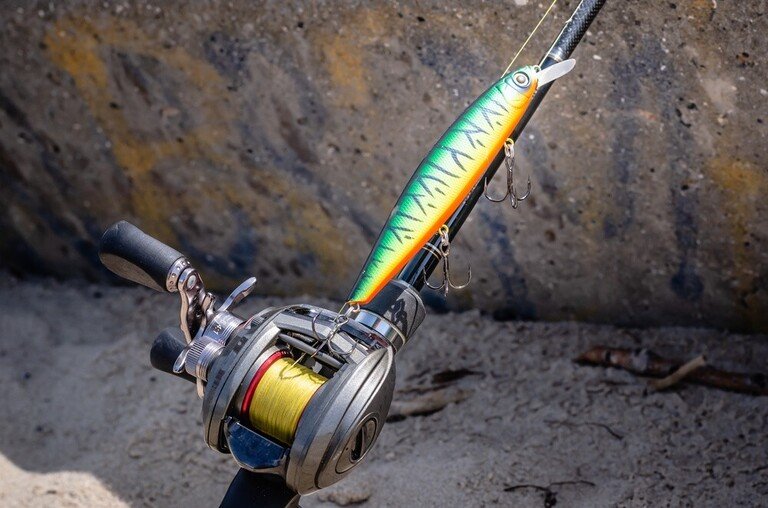
Meanwhile, there are a lot of deaths caused by other environmental factors – such as rockslides, avalanches, and exposure to extreme heat or cold, mostly because of poor knowledge and preparation.
Extreme Temperatures

Whether the weather is too hot or too cold, it is risky to get you killed.
But the good news is you can easily prevent this issue: through wearing proper clothing and through keeping your body hydrated.

I’ve seen a lot of survival experts advise people to try ridiculous solutions, but fail in reminding those two most basic things.
Staying hydrated is very easy and often underestimated but actually the most important to help your body regulate internal temperatures according to the outer environment.

It also helps you eliminate risks of heat stress, and retain performance levels and normal body function. The hotter the weather condition, the more water you need to carry.
Hypothermia is one of the most common issues happening to outdoor hikers, especially when you’re walking/hiking under 50-degree rain. But many of them ignore it as they do not realize it’s happening – it changes too gradually.

Therefore, you should be mindful of yourself, even the smallest changes while taking part in an outdoor activity. If you find one starts stumbling, fumbling, grumbling, mumbling, and shivering, those are symptoms of hypothermia.
Exposure
Exposure is the most underestimated factor by hikers. Exposure deaths are predicated on either of two common cases:
1) Getting lost, which makes a victim unable to reach safety

2) An injury, which causes the same thing

A classic example is the death of Kate Matrosova on Mount Adams in the White Mountains of New Hampshire. She hiked along with adequate clothing, but unfortunately fell, broke her leg, and couldn’t reach safety.
Without being equipped properly, Kate couldn’t make it through worsening weather and plummeting temperatures, then died although the position where she broke her leg isn’t far from a hut.
If Kate equipped herself with intensive knowledge about the area where she traveled, if she hiked with a friend, or if she carried adequate equipment, she would have lived.
That example is like a warning and a reminder for every hiker and camper to always take basic precautions whenever taking part in any outdoor activity or sports.
Vehicular Accidents
The second most frequent cause of fatalities in national parks is vehicular accidents.
According to the National Park Service’s reports, during the time interval from 2007 to 2018, there were 475 deaths although the roads are not heavily trafficked.

The main reason is the subjectivity and recklessness of drivers, such as driving under the influence, distracted driving, speeding, and not wearing seatbelts. Besides, the roads in national parks are usually twisting – which is hard to navigate.
Most serious vehicular accidents were crashing into another vehicle or into a tree.

Motorbike accidents are also high in national parks, which then leads to drowning.
Falling
This consists of you slipping, tripping, or falling and things falling on you.
The National Park Service reported that during 2007 and 2013, there were 169 deaths in national parks because of falls/slips.

Most serious slips are slipping down wet slopes, over waterfalls, from rocks or trees, on trails covered in wet brushes and leaves, and over cliffs.
Some classic examples of things falling on hikers, which causes death is crashing down tree limbs or falling trees during storms or strong winds.
According to many outdoor experts, tree limbs can fall super-fast that even an experienced hiker might not be able to avoid in time.

Some people died right away while others suffered serious injury and death.
Conclusion
And, those are the three often-ignored outdoor risks that could get you killed that I want to share with you.
For safety, it is also recommended to share to a reliable person your travel plans enclosed with instructions on who to call and what to do if you don’t go back by a designated time. Learning how to use all of your gear and GPS device is a must.
That’s all for this post. I hope you liked it and thanks for reading!

